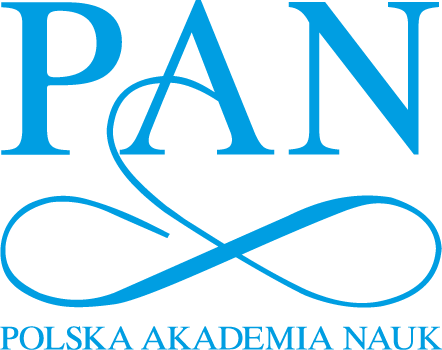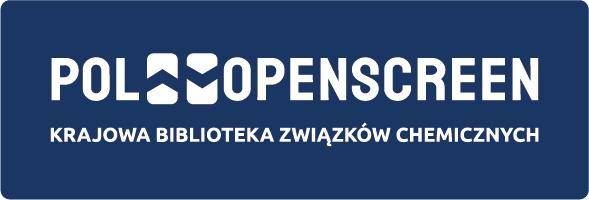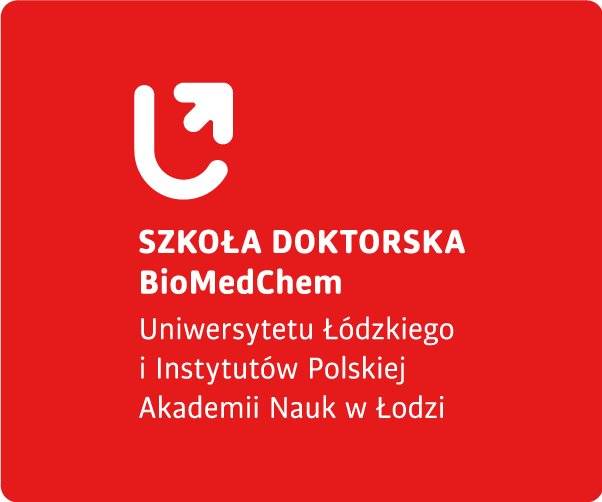Currently ongoing projects
NCN: 2020/37/B/NZ7/04199 (OPUS): Novel mechanisms of immunomodulation by flame retardants (ImMoRetard). 2021 – 2024
Principal investigator: Łukasz Pułaski, Ph.D.
The aim of the project is to collect data on molecular mechanisms in cells of the human immune system that can be modified/damaged by flame retardants (to provide a scientific basis for setting exposure limits, e.g. regarding concentrations in household objects), and to verify the new theory that many of these effects are due to high solubility of flame retardants in lipids (rather than in water), which may interfere with the functions of lipid-based cell membranes.
EU: CA21151 (COST Action): Generation of human induced pluripotent stem cells from haplo-selected cord blood samples (HAPLO-iPS). 2022 – 2026
Participants: Dawid Grzela, Ph.D; Leonardo Martin, Ph.D.
HAPLO-iPS aims to create a collaborative network to provide a framework for generation of hiPSC homozygous for frequent HLA haplotypes, compatible with a significant percentage of the population to be used for cell therapy clinical trials and to create a data collection system (REGISTRY) for such lines. HAPLO-iPS will establish an European-based excellence network on hiPSC-derived cell-based medicines that not only will boost the state-of-the-art of this research field but will also contribute to Europe world-leadership through the medical, scientific, economic, and social development of Europe and strengthening Europe’s competitiveness capacities.
EU: CA22170 (COST Action): TEndon Regeneration NETwork (TENET). 2023 – 2027
Participant: Leonardo Martin, Ph.D.
The main aim of TENET Action is to create the TEndon regeneration NETwork, a scientific network of excellence mainly based in Europe integrating academics, research laboratories, clinicians, biotechnological companies, and regulatory bodies to foster the scientific and industrial capacity to develop, test and translate advanced regenerative therapies to promote tendon tissue regeneration and restoration of tendon function. This Action will bring together sufficient expertise and critical mass to produce an integrated, coordinated and multidisciplinary response to the challenges in the field. This will allow the full deployment of advanced regenerative therapies for tendon, not only to respond to open scientific questions, but more importantly to boost the clinical translation of these therapies in order to improve patient treatments and outcomes.



